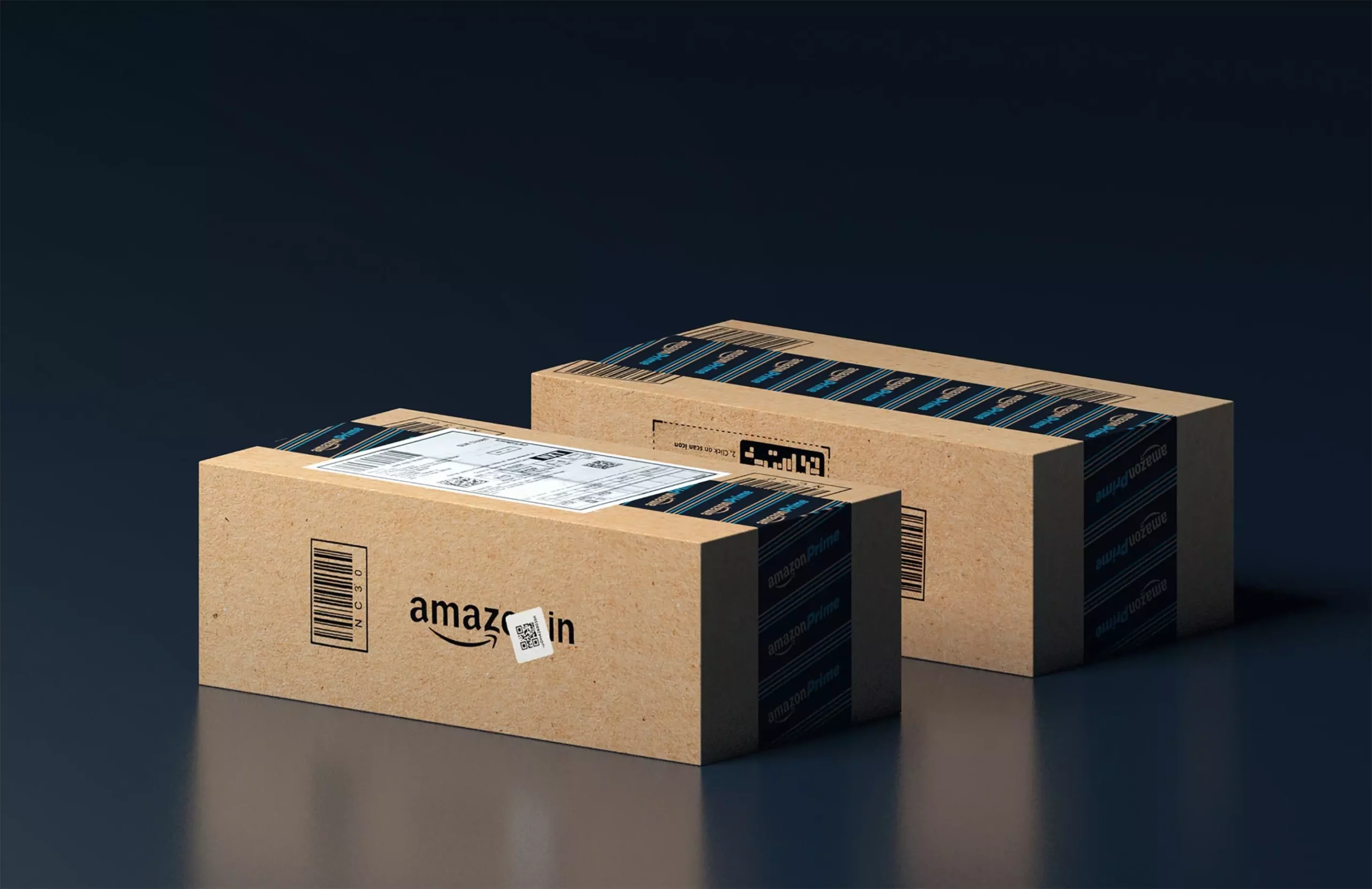Amazon recently announced that it is adding $1.4 billion to a fund aimed at preserving and building more affordable housing in regions where the company has major corporate offices. This new sum is in addition to the $2.2 billion already invested by Amazon to help create or preserve 21,000 affordable housing units in areas such as Puget Sound in Washington state, Arlington, Virginia, and Nashville, Tennessee. The Housing Equity Fund was initially launched in January 2021 with a goal of funding 20,000 units over five years. The additional funding will continue to focus on these regions, with the aim of building or maintaining 14,000 more homes through grants and below-market-rate loans.
Most of the funding provided by Amazon has gone to non-profit and for-profit developers in the form of loans, allowing Amazon to earn revenue through interest payments. Additionally, 80% of the units supported by Amazon also benefited from government funding. This investment in affordable housing comes after years of complaints about well-paid tech workers driving up housing costs in regions where major tech companies have established headquarters.
Alice Shobe, the global director of Amazon’s Community Impact division, highlighted that 59% of the units supported by Amazon have been preservation projects that utilize existing housing. These projects include donations and loans to nonprofits and local government agencies to purchase buildings and stabilize rents, thereby maintaining naturally occurring affordable housing. By focusing on preservation projects, Amazon aims to prevent private developers from remodeling apartment buildings and increasing rental prices significantly.
Targeting Low-to-Moderate Income Individuals
Amazon targets its investments to provide housing for individuals with low-to-moderate incomes, defined as those earning 30% to 80% of a given region’s “area median income.” The company specifically aims to support the “missing middle,” a demographic that includes professionals like nursing assistants and teachers who may not qualify for government subsidies but still struggle to afford rent. Amazon’s investments have predominantly focused on serving households earning less than 60% of the area median income, particularly in regions with high housing costs.
While Amazon’s efforts in affordable housing are commendable, some challenges remain. Projects designed for individuals on the lower end of the income spectrum often require more government subsidies and take longer to complete. Critics have pointed out that while companies like Amazon can contribute to the supply of affordable housing, significant investments from the federal government are needed to make a substantial impact. Derek Hyra, a professor at American University, emphasized the importance of balancing a diverse portfolio of affordable housing projects to address the needs of different income groups.
Philanthropy and Reputation
An internal Amazon memo leaked last year indicated that the company views its philanthropic efforts, including the affordable housing fund, as a tool to enhance its reputation. While Amazon has received praise for its investments in affordable housing, the company’s shift of the housing fund from its government and corporate affairs division to the public relations arm has raised questions about the underlying motivations behind its philanthropic initiatives.
Amazon’s decision to expand its affordable housing fund by $1.4 billion demonstrates a continued commitment to addressing the housing challenges faced by communities where the company operates. By focusing on preservation projects, supporting non-profit and for-profit developers, and targeting individuals with low-to-moderate incomes, Amazon is making a tangible impact on the availability of affordable housing in regions with escalating housing costs. However, the need for broader government intervention and sustained efforts from companies like Amazon remains crucial in creating lasting solutions for affordable housing.


Leave a Reply